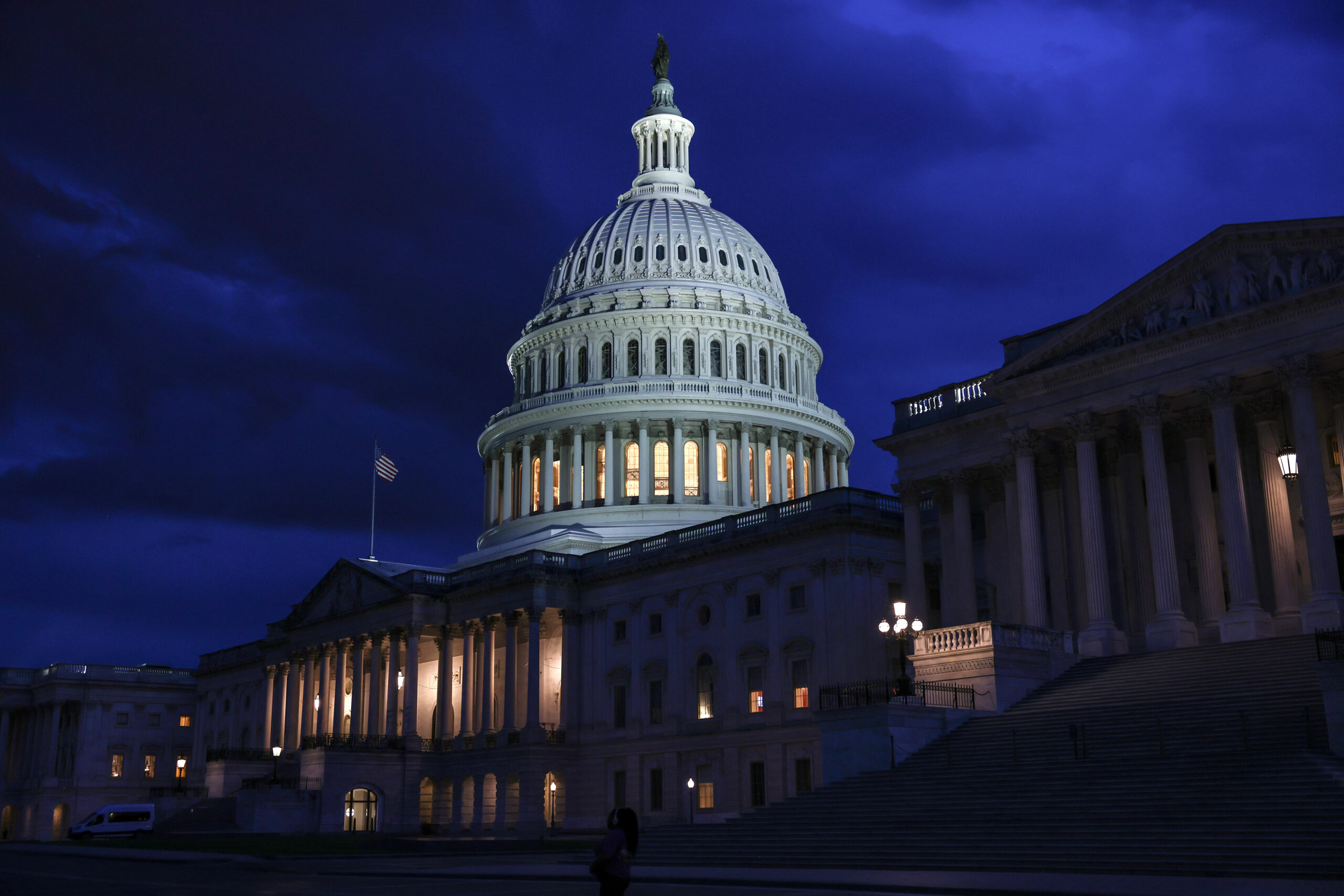The United States air travel system has once again been gripped by widespread disruption, as approximately 7,800 flights faced cancellations and significant delays, triggered by severe storm activity across the nation. This latest wave of flight delays has cascaded through major carriers, fundamentally challenging their operational resilience and impacting the personal and business air travel plans of thousands.
A broad spectrum of major airlines bore the brunt of this severe weather event, including prominent names like Southwest, Air Canada, Delta, United, JetBlue, American, AeroMéxio, Alaska, Frontier, and WestJet. Critical aviation gateways across the nation reported extensive service breakdowns, turning bustling hubs into scenes of frustration. Airports such as Charlotte Douglas International, New York’s JFK and LaGuardia, Hartsfield-Jackson Atlanta, Dallas/Fort Worth, and Los Angeles International were particularly affected, struggling to manage the unprecedented volume of disruptions and re-establish a semblance of order.
For passengers, the impact was immediate and profound. Thousands found themselves stranded, their meticulously planned itineraries derailed by the unforeseen meteorological onslaught. The inconvenience extended beyond mere delays, encompassing missed connections, lost baggage, and the sheer uncertainty that accompanies a sudden travel alert. This widespread disruption underscores the vulnerability of modern air travel infrastructure to environmental factors, testing the patience and adaptability of the traveling public.
Beyond the immediate human inconvenience, this extensive network failure carries substantial economic repercussions for the airline industry. Still navigating a complex recovery period from prior global challenges, airlines face significant financial strains from rebooking costs, compensation for stranded passengers, diverted flights, and lost revenue. Such large-scale flight delays invariably lead to increased operational expenditures, putting pressure on bottom lines and highlighting the delicate balance required to maintain profitability in a volatile society and environment.
This incident vividly highlights the critical challenges posed by extreme severe weather to modern transportation infrastructure. It emphasizes an urgent need for enhanced meteorological forecasting capabilities, allowing for more precise and timely predictions of disruptive weather patterns. Furthermore, improving the resilience of air traffic control systems becomes paramount, ensuring they can better withstand and adapt to sudden surges in demand or environmental obstacles, thus safeguarding the flow of air travel.
Looking ahead, the airline industry must develop even more agile operational strategies to mitigate the impact of future large-scale disruptions. This includes optimizing crew scheduling, diversifying hub operations, and investing in advanced technology that facilitates rapid communication and re-routing. The goal is not merely to react to flight delays but to proactively build systems capable of minimizing cascading effects and restoring normalcy with greater speed and efficiency.
As the situation continues to evolve, travelers are strongly advised to consult their respective airlines for the most current travel alert information regarding flight delays and potential rebooking options. While the immediate focus remains on restoring full service, this event serves as a stark reminder of the ongoing complexities facing air travel and the need for continuous adaptation in the face of unpredictable environmental challenges.
Discover more from The Time News
Subscribe to get the latest posts sent to your email.



